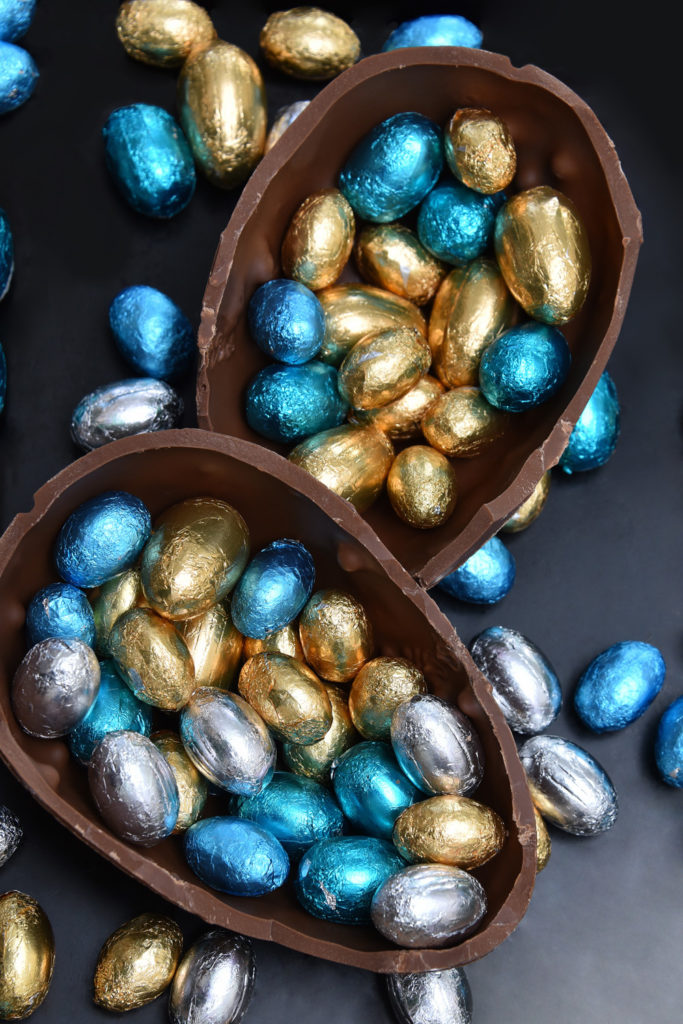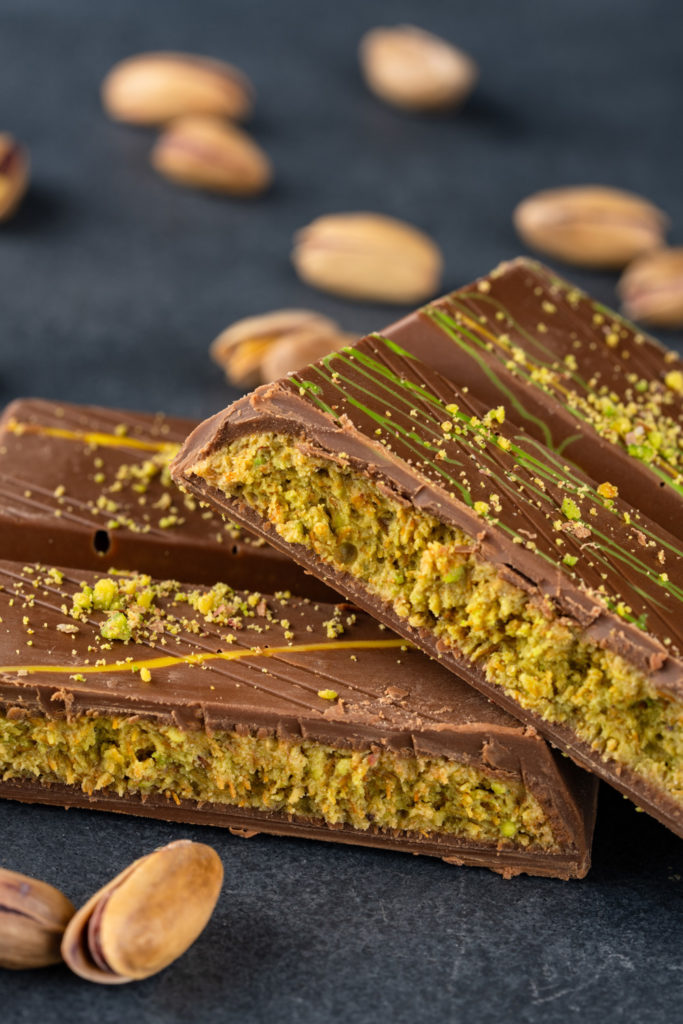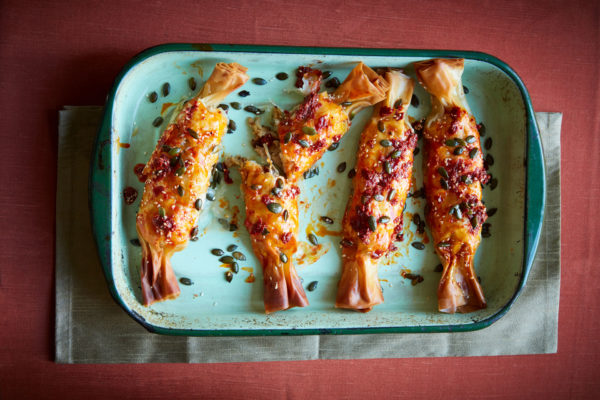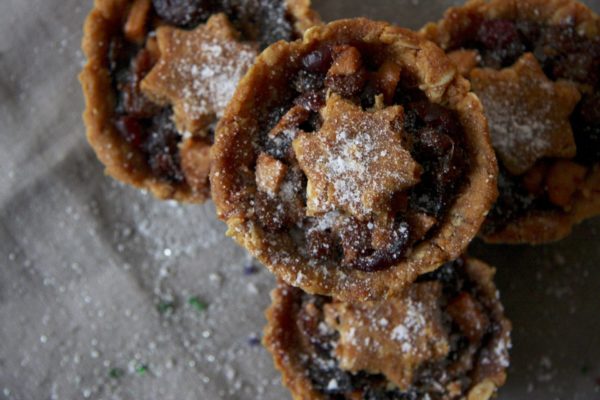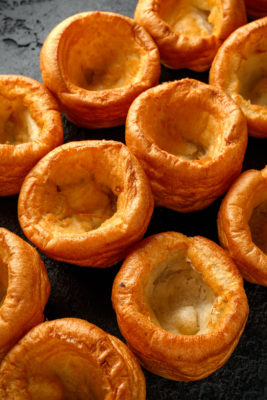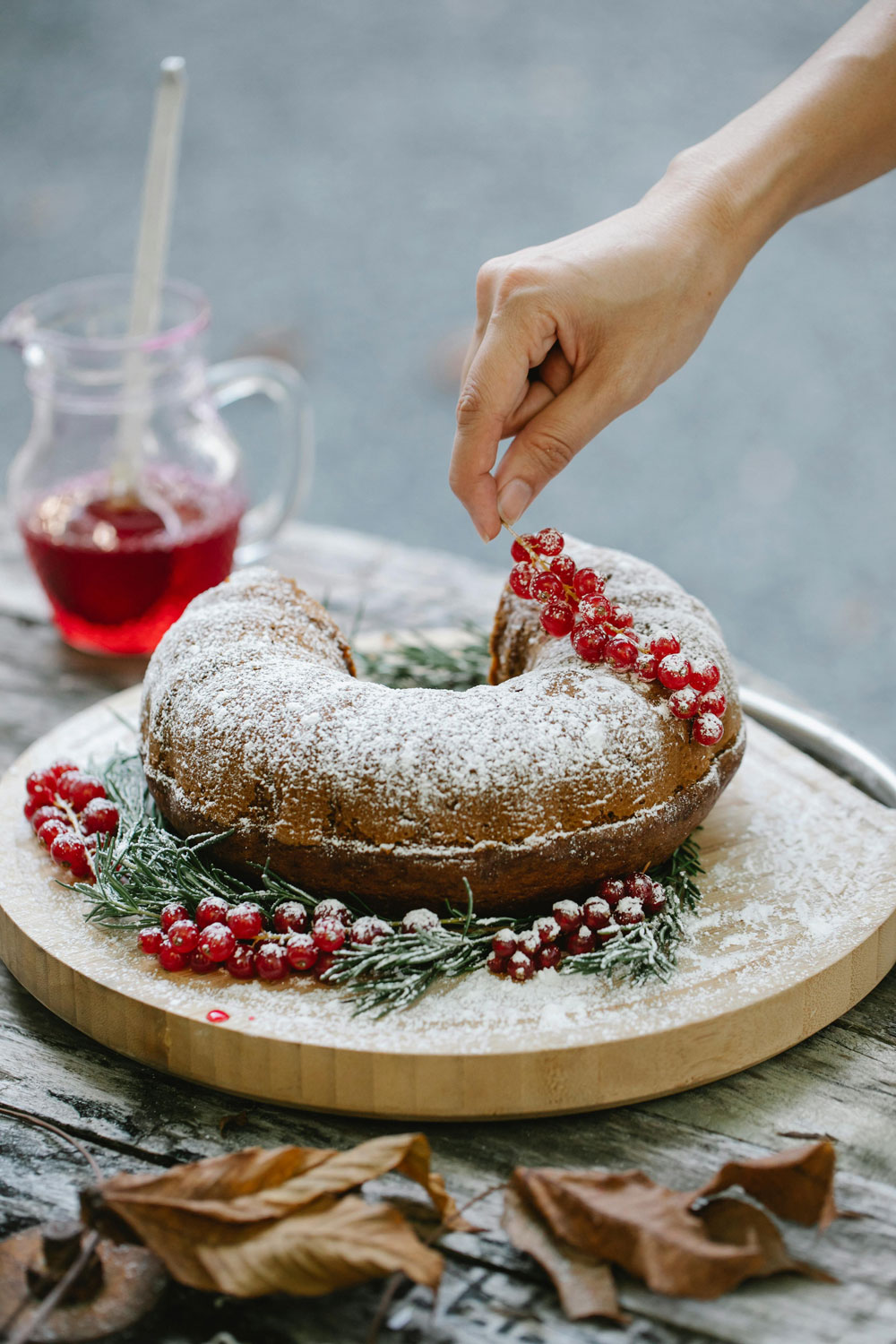
It’s Time To Bake Your Christmas Cake
By
5 months ago
How to master the festive dish
Most baked goods are best when eaten fresh – but Christmas cake is another story. The rich fruit cake gets better with time, maturing and firming up as it’s ‘fed’ with alcohol, such as rum, brandy or whisky. So when is the optimal time to make it?
When Should You Bake Your Christmas Cake?
While all bakers have slightly differing opinions on the perfect date to bake your Christmas cake, all agree it’s best to get cracking far ahead of the big day – most recommend between six and 12 weeks.
On yesterday’s episode of This Morning, baker Nancy Birtwhistle told Dermot O’Leary and Alison Hammond that the beginning of November is the optimum time.
‘It’s already starting to smell a lot like Christmas in the kitchen, isn’t it?’ said Dermot, to which Alison replied by asking their guest: ‘With eight weeks to go until the big day, Nancy, you say now it’s the actual time to get all prepared for the Christmas cake, is that right?’
‘Without a doubt,’ confirmed Nancy, before going on to demonstrate her failsafe recipe (which we’ve shared below).
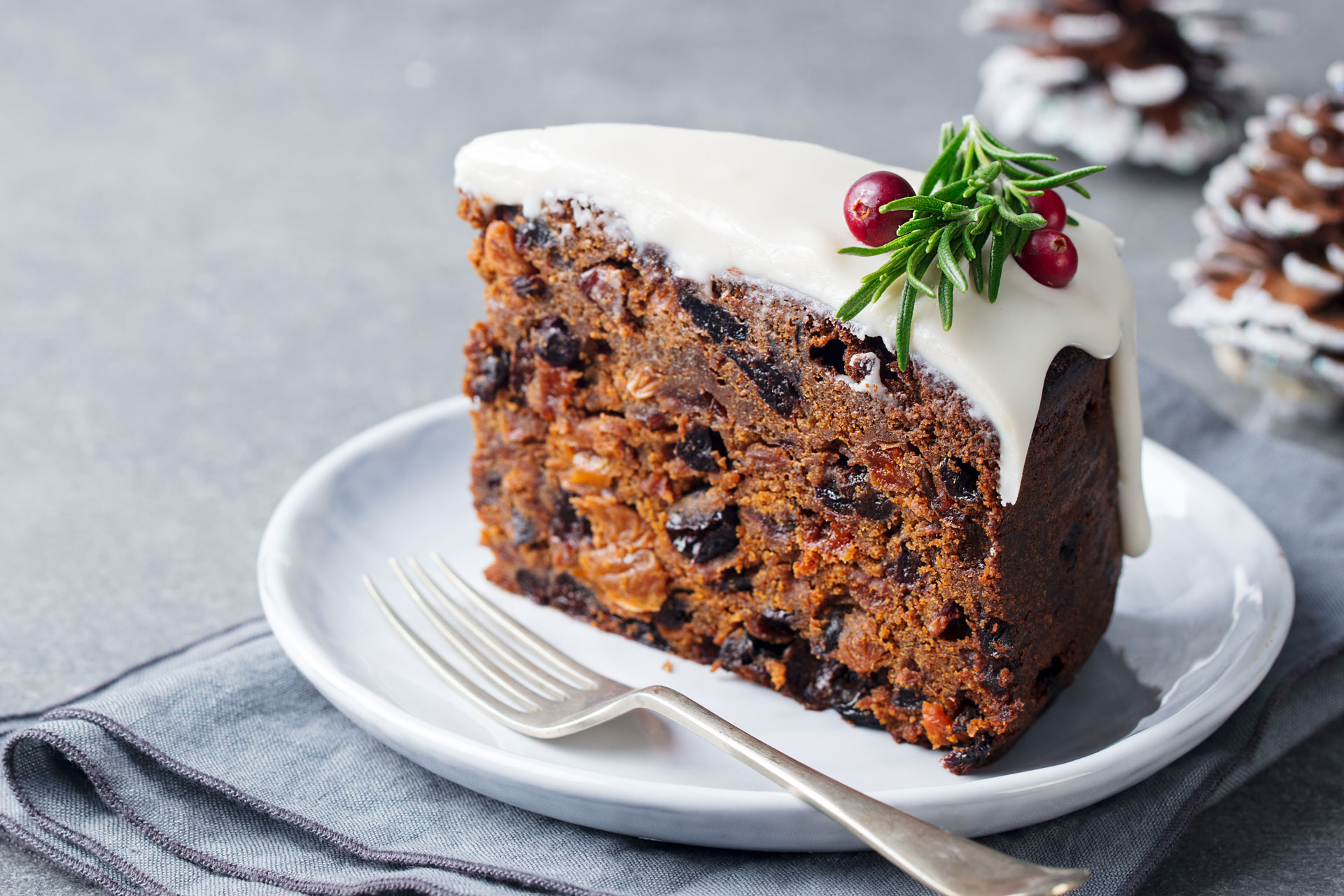
Getty Images
How To Feed Your Christmas Cake
It’s important to keep tending to your cake: feeding it with alcohol such as rum, brandy or whisky helps keep it moist and gives it extra flavour. Delia Smith’s website advises on how to do this correctly: ‘This is done by making small holes in the top and bottom of the cake with a darning needle, then spooning over teaspoonfuls of brandy to soak in through the holes and permeate the cake.’
How often to do this? Nigella Lawson recommends feeding it shortly after baking, while the cake is cooling in its tin, then once a week or once a fortnight until Christmas.
Where Did Christmas Cake Come From?
Fruit cake has long been associated with Christmas, but when did the tradition begin? Well, Christmas cake actually started its life as a different dish: plum porridge, designed to line people’s stomachs after a day of fasting. Soon, other fruits and honey were incorporated and it became known as Christmas cake. During the 16th century, people began adding flour, eggs and spices, then topping their cake with marzipan – and the pudding began to resemble the cake we know today.
Nancy Birtwhistle’s Christmas Cake Recipe
Ingredients:
- 1 kg mixed dried fruit and peel
- Finely grated zest and juice of one orange and one lemon
- 100g glace cherries (cut into thirds)
- 4 tbsp cointreau, brandy, sherry (or 4 tbsp extra fruit juice or cold tea)
- 250g salted butter
- 250g dark brown soft sugar
- 1 tbsp golden Syrup or Black Treacle
- 5 eggs (beaten together in a mixing jug)
- 250g plain flour
- 1 tsp ground mace (or two tsp ground nutmeg)
- 1e tsp mixed spice
- 1 tsp ground ginger
- ½ tsp ground cinnamon
Method:
- Preheat your fan oven to 100°C and prepare nine three-inch round baking tins, greasing and lining them as needed (you can also use recycled baked beans tins).
- At the start of the day (or the night before), combine the mixed fruit, citrus zests, fruit juice, and cherries in a large bowl. Add the Cointreau or another liquid of your choice, stir well, and cover with a plate. Let this mixture sit until the evening, the following morning, or even for several days if you’re busy.
- When you’re ready to bake, cream together the butter and brown sugar until the mixture is light, fluffy, and pale in colour.
- Mix in the syrup or treacle, and then gradually add the beaten egg, a little at a time, along with a teaspoon of flour to prevent curdling. Once all the egg is incorporated, gently fold in the remaining sifted flour and spices.
- Divide the batter evenly among the prepared mini baking tins. Bake for 5.5 hours.
- Maintaining the correct oven temperature is crucial; even a 10-degree difference can affect the outcome. Use an oven thermometer for accuracy, and check the internal temperature of the cakes with a probe to ensure it reaches 97-99°C before removing them from the oven.
- Allow the cakes to cool completely in the tins before gently removing them. Keep the baking paper on, wrap each cake in foil, and store in a tin in a cool location.


